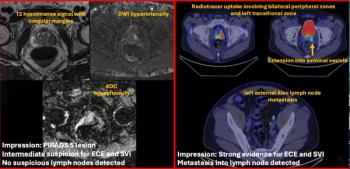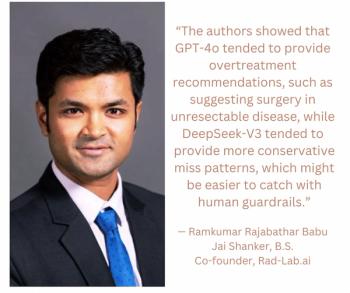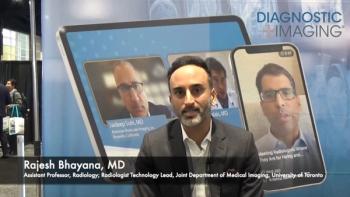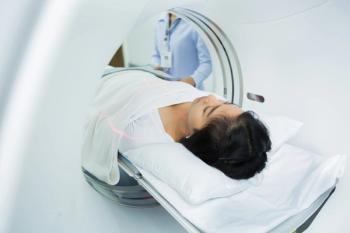Emerging research suggests that long-term computed tomography (CT) surveillance of ground-glass nodules (GGNs) offers comparable long-term survival rates to surgery.
For the prospective study, recently published in Radiology, researchers reviewed data from 684 participants (median age of 56) with a total of 1,003 GGNs. The study authors noted that 40 patients developed solid components from dominant GGNs and 32.1 percent of those with retained GGNs had surgery.
Assessing 10-year overall survival (OS) rates, the researchers found that those with long-term CT surveillance had a 94.7 percent OS in comparison to 97.6 for participants who had surgery for GGNs.
For participants who underwent surgery, the study authors also saw no significant differences in 10-year OS between those with GGNs, participants who had increasing GGN size during follow-up and those with stable GGNs, noting respective hazard ratios (HRs) of 0.56, 0.78 and 0.29.
“ … For ground-glass nodules (GGNs), there was no evidence of significant differences in long-term survival between surveillance and surgery or between stable and increased size during follow-up. Therefore, CT surveillance may be appropriate for GGNs until a solid component emerges,” noted lead study author Mengwen Liu, M.D., who is affiliated with the Department of Diagnostic Radiology at the National Cancer Center/National Clinical Research Center for Cancer with the Chinese Academy of Medical Sciences and Peking Union Medical College in Beijing, China, and colleagues.
The study authors also pointed out equivalent seven-year recurrence-free survival (RFS) of 100 percent for participants who had surgery upon GGN detection and those who underwent surgery during a CT surveillance period.
“This finding suggests that the timing of surgery for those with GGNs may be flexible and that surveillance should be performed when GGNs are detected at baseline CT, which aligns with guidelines,” added Liu and colleagues.
Three Key Takeaways
- Comparable long-term survival. Long-term CT surveillance of ground-glass nodules (GGNs) achieved 10-year overall survival (94.7 percent) comparable to surgical management (97.6 percent), supporting observation as a viable alternative to early resection.
- Timing of intervention. Equivalent seven-year recurrence-free survival between immediate and delayed (post-surveillance) surgeries suggests that deferring surgery for GGNs without a solid component does not compromise outcomes.
- Clinical management implications. The findings reinforce the indolent nature of GGNs and support guideline-aligned CT surveillance as a safe strategy, reducing potential over-treatment from unnecessary surgical resection.
In an accompanying editorial, Mark M. Hammer, M.D., noted disparities between Lung-RADS, the Fleischner Society guidelines and guidelines from the American Association for Thoracic Surgery with respect to intervention thresholds for part-solid nodules. However, he noted that the current study indicates that CT surveillance remains a prudent course of management for GGNs that have not developed a solid component.
“These findings confirm the indolent nature of GGNs and suggest that surveillance alone for GGNs is a safe management strategy. The findings also suggest that resection as the standard treatment for all GGNs likely represents overtreatment,” added Dr. Hammer, a thoracic radiologist and associate professor of radiology at Harvard Medical School.
(Editor’s note: For related content, see “CT-Based Deep Learning Model May Reduce False Positives with Indeterminate Lung Nodules by Nearly 40 Percent,” “Can CT-Based Deep Learning Bolster Prognostic Assessments of Ground-Glass Nodules?” and “CT Study: Modified Lung-RADS Model Offers Enhanced Prognostic Assessment of Pure Ground-Glass Nodules.”)
In regard to study limitations, the authors acknowledged the lack of randomization and assessment of preoperative CT surveillance costs.





























